During its more than thousand-year history, Marrakech has had the status of the capital of Morocco, experienced its heyday, oblivion, and once again became one of the main cities of the country.
There have been frequent changes of power, and each new dynasty has brought its own vision to the architecture. However, a number of sites, such as the Medina or the Kutubiya Mosque, have managed to survive to this day.
In the last century, Marrakech began to attract Europeans. They were impressed by the local culture and relaxed way of life, and the guests were in debt to the city.
Artist Jacques Majorelle created a beautiful garden, and the Dutch anthropologist Bert Flint presented the Moroccans with the Tiskivin Museum, a collection of rarities from all over North Africa.
Even the famous fashion designer Yves Saint Laurent was honoured by the museum for his contribution to the development of Marrakech.
What to see and where to go in Marrakech?
Marrakech is the capital city of tourism in Morocco, it got over 3 million tourists in 2019. Therefore, if you are ready for your Morocco tours, here are the top 20 sights to visit during your Marrakech stay.
1. The Medina
The old part of Marrakech. Because of the colour of the walls, it is called the “red city”. Their height is about 10 meters, and its length is about 16 km. The total number of towers is more than 200.
The streets are narrow, the houses and other buildings are traditional for this area. Within the medina is also the Jamaa el-Fna Square, the busiest part of the former Moroccan capital. It is a UNESCO World Heritage Site.
2. Jamaa el-Fna Square
The main square of the city. It has many purposes. First of all, it is a huge “suk” – that’s the Arabic word for market. Everything from spices to antiques is sold on the square.
It is also a place where circus performances are held and animals are exhibited. There are stage and entertainment for all kinds of events. Locals say if you spend a day in Jamaa El Fna you can learn all about Marrakech.
3. Majorelle Garden
A picturesque park surrounds the house of the artist Jacques Majorelle. The master settled in Marrakech in 1919. He was diagnosed with tuberculosis and the local climate was suitable for treatment.
In his spare time, Majorelle began to create a garden. The hobby turned into a real passion. The artist communicated with botanists from different countries and bought exotic plants from all over the world. Even during his lifetime, the owner began to let tourists here.
4. Menard Gardens
Have existed since the 13th century. Later an artificial lake was dug in the centre. In 1870 a pavilion was built. Originally on this site was a small farm. The number of olive trees exceeded the mark of 30 thousand.
Fish were launched into the lake. Some species jump over the water, which adds to the already picturesque landscape. Picnics are allowed in the surrounding area. In the evening is the best time for photoshoots
5. Bahia Palace
It was built in the middle of the century before last for many years. Sidi Moussa, a vizier, commissioned the project for one of his wives. He periodically bought land around it, so the architect had to make changes to the plan. The palace has only one floor.
The reason was Moussa’s overweight, who did not want to climb the stairs. Tourists are attracted to this labyrinth building because of its unusual appearance and interior decoration.
6. Qasr al-Badi
It was built during the lifetime of Ahmad al-Mansur. He allocated a lot of money for the construction of the palace, so the best materials and expensive decorations were used.
Supposedly there were about 360 rooms inside. Moulay Ismail ordered the demolition of Qasr al-Badi when Marrakech was no longer the capital. Demolition lasted a total of 10 years. Only the orange orchard and fragments of the walls remain.
7. Qutubiya Mosque
The largest mosque in the city. It was built in the 12th century. It is known primarily for its minaret, which rises 69 meters. It later served as a prototype for a number of buildings, including the Hassan Tower of Rabat. The minaret is illuminated at night.
The name translates as “the mosque of the booksellers.” In the past, books were traded on the square in front of the entrance, and a religious library was located nearby.
8. Saadit Shrine
Sultan Ahmed al-Mansur created this tomb primarily for himself. He was buried here in 1603. Around it is the tombs of his associates, his wives, and later other members of the royal house.
When the government changed, the Alawites did not dare to destroy the cemetery but walled it off. About the tomb, nothing was known until 1917. Then it was discovered by a French expedition.
9. Ben Youssef Madrassah
The Islamic school was built in the 14th century. Not only has it preserved its external appearance, but the religious life of the city is still built around it. The madrasah got its name from the neighbouring mosque.
The complex covers an area of 1.7 thousand square meters. In the courtyard, there is a big pool for ablutions. The path leads to the main prayer hall through it. The paths and floors are covered with marble or mosaic.
10. Marrakech Markets
Markets are part of Morocco’s national culture. Marrakech has been famous for them since ancient times. There are highly specialized, such as grocery stores, but most are universal.
So Bab-Doukkala Street is filled with the smell of spices and shops with the products of local craftsmen. The biggest “bough” is Jema el-Fna Square. It is divided into several parts, where they sell carpets, babushkas, and antiques.
11. Marrakech Museum
It occupies the palace of Dar Menebhi. The collection is devoted to the culture and history of the city, as well as all of Morocco and nearby regions. Ancient books, relics, cult items, ceramics, jewellery are the basis of the collection.
Unique exhibits are the Koran of the XII century and the Sufi prayer book. In recent years, the exposition has been supplemented with modern items by local masters. There are temporary exhibitions of artists, photographers, and sculptors.
12. Yves Saint Laurent Museum
It opened in 2018. A special building was built for the museum. French architects relied on the fashion designer’s archives and tried to combine straight and curved lines in the design.
Yves Saint Laurent first visited Marrakech in 1966. He was involved in saving the Majorelle Garden. The exhibition is dedicated to the fashion designer, but there are also temporary exhibitions. The cafe next door is reminiscent of Saint Laurent’s studio in its decoration.
13: House of Photography:
Opened in the old part of the city in 2009. The exhibit is made up of photographs covering the period from the 1870s to the 1950s. The building where the collection is housed was formerly a hotel for merchants and wayfarers.
It has been restored and more than 4,500 photos have been placed there. They capture the history of Morocco. Photographers tried to capture both the traditional nuances of the country and unusual things.
14. Dar Ci Said Museum
It opened to the public in 1934. It was originally built as the residence of the brother of the Vizier Ba Ahmed. The walls of the palace are thick and high, which is characteristic of local architecture.
It is surrounded by an Andalusian garden and has a fountain in the centre. The museum collection is a cultural wealth of Morocco: pottery, old clothes, Berber jewellery, devices from the past, furniture made of precious wood.
15. Tiskivin Museum
It occupies an old building located between the palaces of Dar Said and Bahia. The exhibition was assembled by Bert Flint, an anthropologist from Holland.
He settled in Marrakech in 1957 and began to systematize the artefacts collected throughout the region. The exhibits are handmade carpets, jewellery, Berber clothing, and art objects. They tell the story of the city, but also of all of North Africa.
16. Miaara Jewish Cemetery
Dated to the 17th century. It belongs to the Jewish quarter. The streets nearby are narrow and the buildings are close to each other. The cemetery itself is remote from the tourist routes.
It is easy not to notice it: the territory is separated from the road by a high wall. Those who look after the cemetery have no problem letting people in, but there are still some rules of conduct that must be observed when examining old gravestones.
17. Marrakech Station
The first train station was built on this site in 1923. In 2008, a new building was opened next to it, just opposite the Royal Palace.
In the architectural plan of the station national traditions were taken into account, the design is full of details.
In the area, there are not only areas for recreation, but also cafes and stores. Currently, this station is the southern terminus in the rail network of the entire country.
18. Arsat-Mulay-Abdeslam Cyberpark
One of the oldest parks in the city was laid out in the 18th century. Already in our time, it was decided to remodel it and add more technical innovations.
There are multimedia terminals all over the territory. Wi-Fi covers the entire park. If you want, you can use a specially designed virtual guide to the park. Also, there is a function of remote sightseeing.
19. Oasiria Water Park
Extensive entertainment area for the whole family. The water park offers guests to visit restaurants for all tastes or take fitness classes. Eight pools are available to visitors all year round. Some of them have amusement rides.
For nature lovers, about 10 hectares of gardens are planted. Exotic plants can be found in them. There are special night show programs. On major holidays there are theatrical performances.
20. Uzud Waterfall
Located about 150 km from the city in the High Atlas Mountains. The translation of the name is “olive trees”. This type of vegetation covers the slopes. It is 110 meters high.
The waterfall has three cascades. You can come up close to it, and the peculiarity of its location allows you to look down on the falling water. At sunset, the monkeys who are used to the abundance of tourists come to the watering hole at Ouzoud.
Also Read: A Prearranged Or Unplanned Trip Which Is Better For An Unemployed?






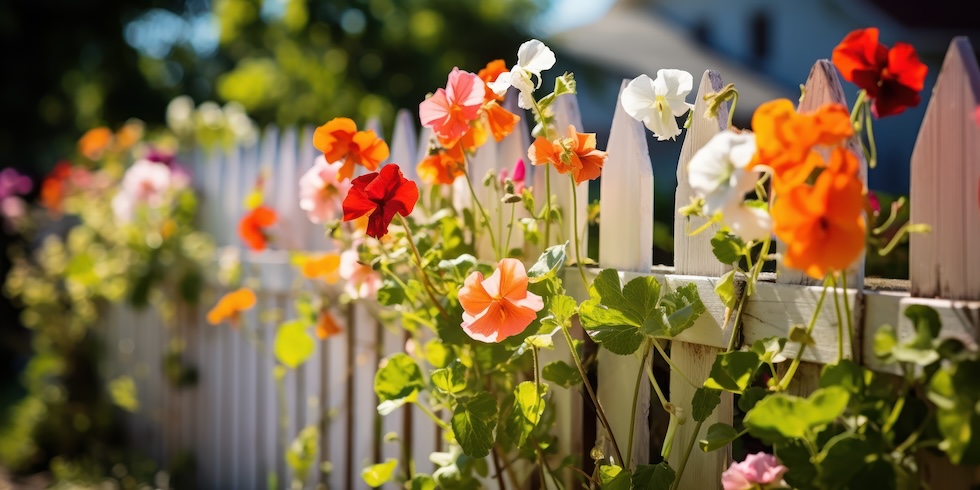



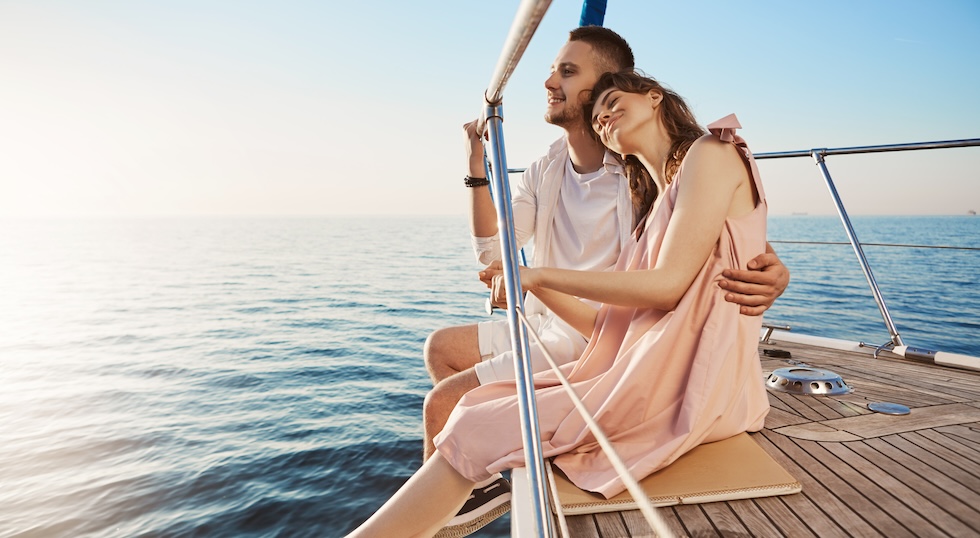

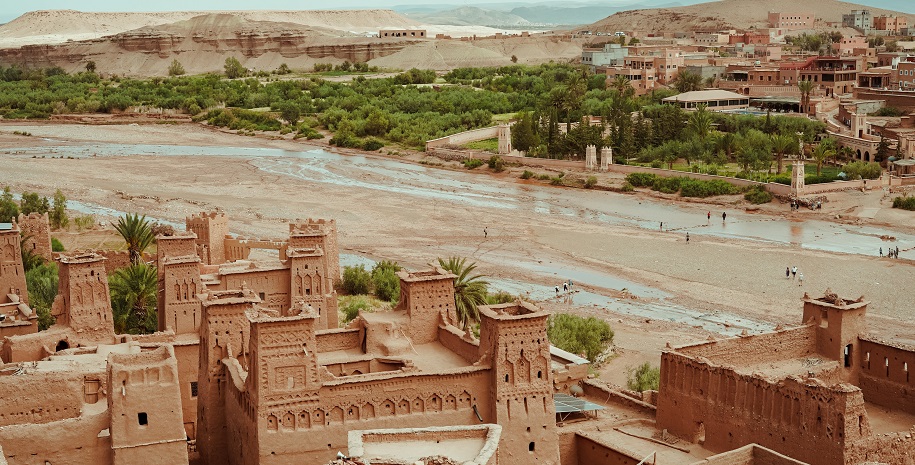


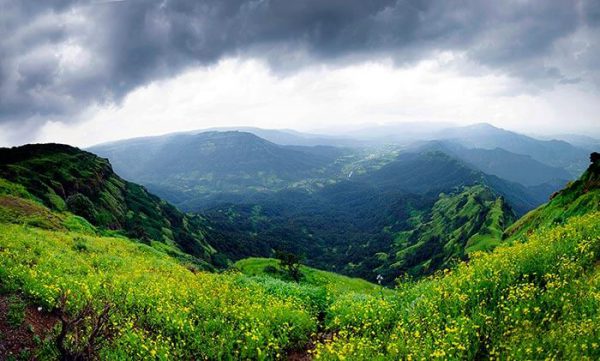
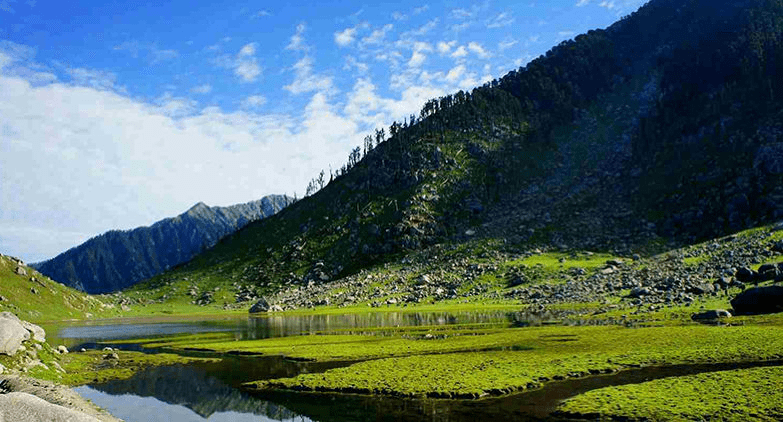
Add Comment